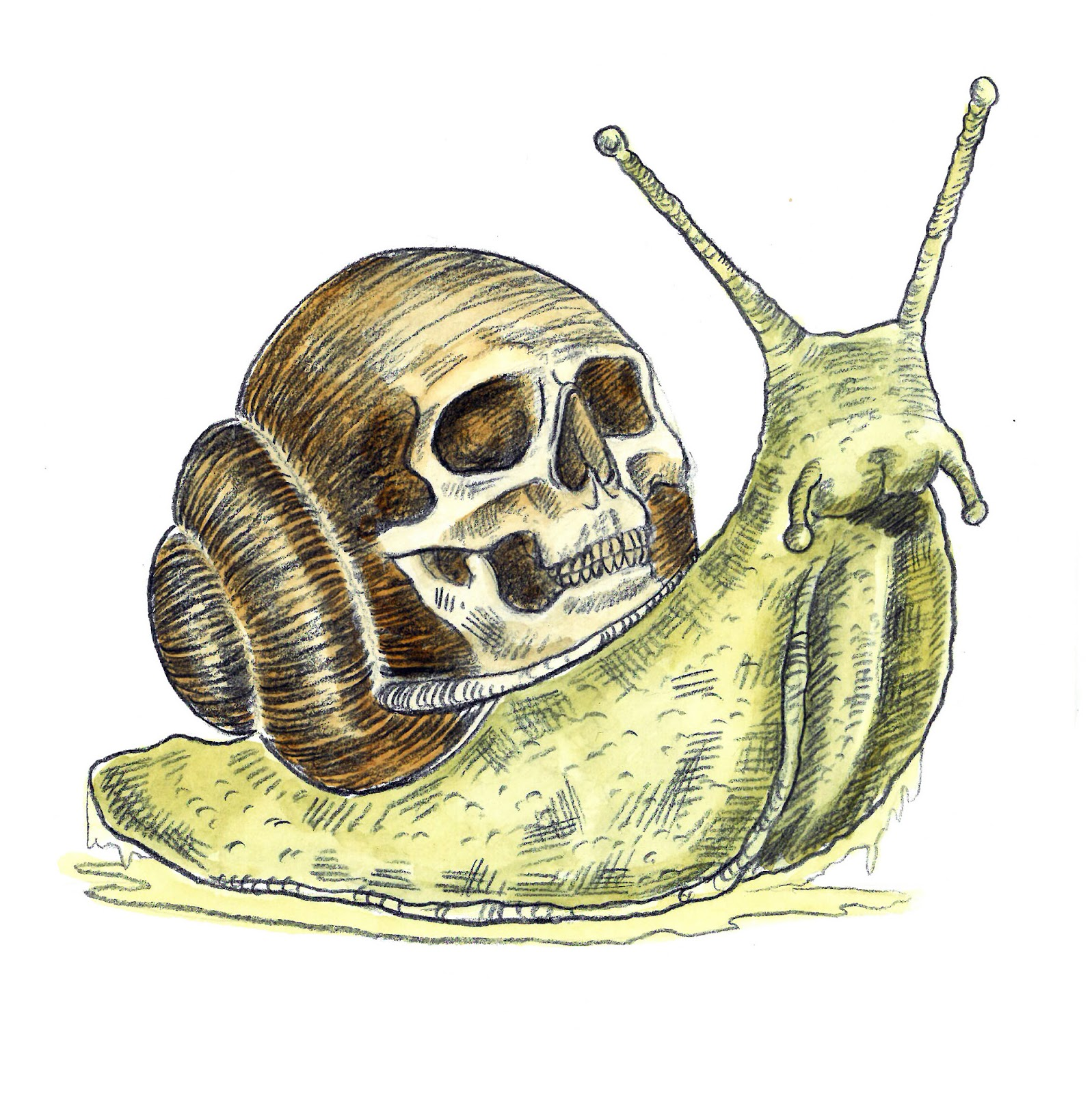Pouring from a Height — The Pin-Drop Technique

The dive easiest to pull off is the one where you enter the water feet first, with your body as straight as a pin and toes pointed. Less surface area of your body is exposed to the surface of the water, minimally disturbing it and creating the least splash.
The pin-drop technique.
Filling Height
To apply the pin-drop technique, start pouring from at least 5 cm above the surface of the liquid in the cup. That distance is measured between the surface of the liquid and the spout of the milk pitcher. At Barista Hustle, we tend to pour from around 10 cm above the surface when filling. If the spout is more than 15 cm above the surface you increase the likelihood that your stream of milk will become interrupted, running the risk of creating splashes and larger bubbles on the surface.
Filling Flow Rate
You must pour fast enough to keep the liquid in a single, unbroken stream. If you pour too slowly, the stream of milk will break and dribble, resulting in more splashes and blemishes or large bubbles on the surface of the drink. Pour too quickly, the surface will discolour because of an unduly wide and turbulent flow.
For an ideal expression of the pin-drop technique, we aim for a slow 10–20 ml/sec flow rate. To calculate flow rate, practice pouring a liquid into a calibrated container for 10 seconds. Measure the volume of the poured liquid, and divide that number by 10. (Alternatively, you can use a scale to measure the mass of the poured liquid. Multiply that measurement by your aeration percentage to estimate the volume of the liquid.)
Snail Trails

Pouring at 20 ml/sec will cause the width of the stream to be twice as wide as that of a 10 ml/sec pour. This situation is undesirable, as we want to avoid leaving any mark on the canvas of the drink.